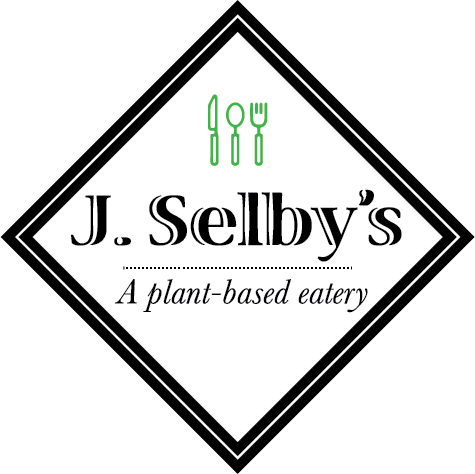My last post looked at the benefits of a plant-based diet has in reducing green-house gas and fighting climate change. For a more in-depth discussion of that subject, be sure to check out my podcast, which includes my interview with Janet Brown from Climate Generation. In this blog post, we’ll talk about the other environmental benefits of a plant-based diet: water.
When people who study water talk about the benefits of a plant-based diet on the water cycle there are three main parts: 1) embedded water, this is the water that is required to bring food to the state where it can be eaten (the water that is embedded in the food cycle); 2) the effect on the water cycle of the fertilizer needed to grow the food (for either people or animals); and 3) the effects of animal and human waste on the water.
My focus in this piece is embedded water, but a great discussion of the consequences of waste and fertilizer will be the topic of next week’s podcast when I will visit with Kate Brauman, the lead scientist for the Global Water Initiative at the University of Minnesota.
If you’ve ever been into J. Selby’s, you may have noticed a couple of signs by the bathroom door that tell how much water has been saved by making our Dirty Secrets & Solo burgers, plus our Philly and BBQ sandwiches, with plants instead of cows. This is the embedded water we talked about above; the water it takes to grow plants and cows into food. As of December 31, 2018 it was almost 52,000,000 (yes, that’s 52 million) gallons of water or enough to fill about 264 high school swimming pools! How is that possible? Well, each pound of wheat/soy mix that we use to make our “beaf” requires about 200 gallons of water to bring the plants to maturity. That’s a mix of “green” water (rainfall), “blue” water (irrigation), and “gray” water (water required to assimilate pollution). Beef, on the other hand, requires about 1800 gallons of water to make each pound of usable meat. So, for every 8-ounce serving, that’s 800 gallons of water saved. Multiply that by the number of sandwiches sold (over 60,000!) and it begins to add up quickly.
Much like the discussion on climate change, an individual’s food choice doesn’t make a huge difference on its own. But when we start adding up all the people making a similar choice, it can make a huge difference, indeed. If we, as a small restaurant, can save 52 million gallons of water in 18 months, imagine what a city like St. Paul or Minneapolis could do in very short period of time!
The embedded water savings are significant when talking about pork, chicken, and other animal products compared to plant-based food, but beef is really the biggest user of embedded water.
For more information, check out the links below.
How Water Footprints Can Help Us Eat Less Water
Water Calculator
Beef: the King of the Big Water Footprints
Water footprint of crop and animal products: a comparison


